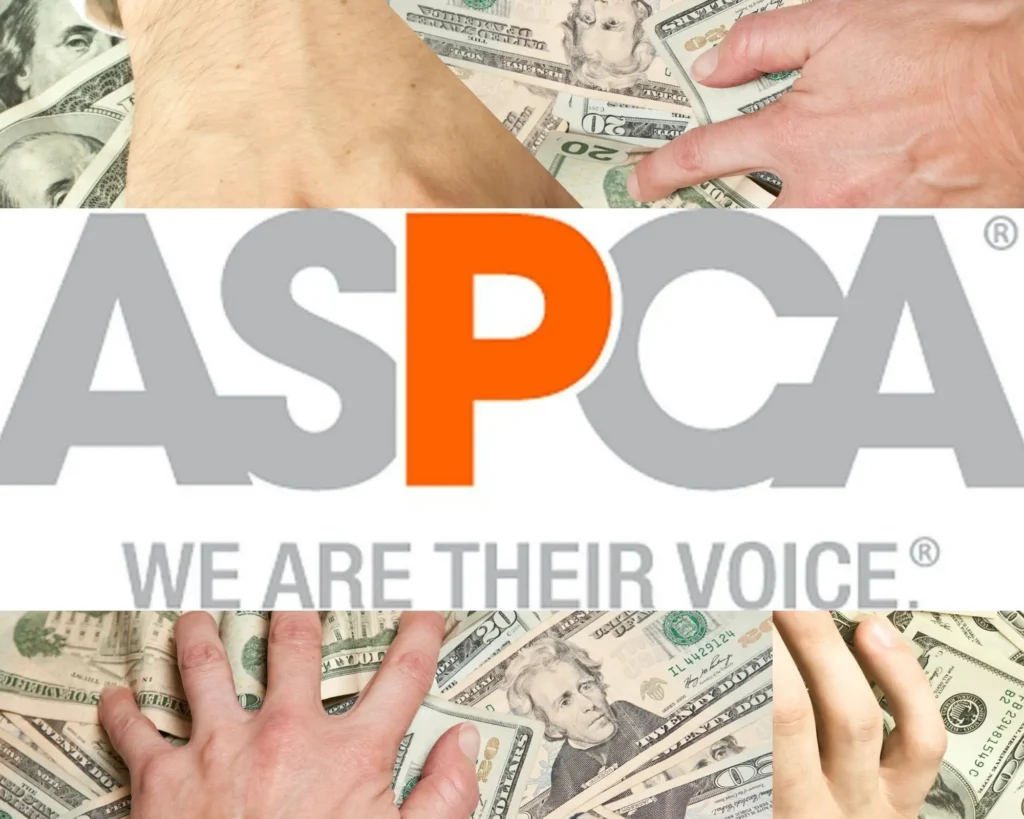When people think of the ASPCA, or the American Society for the Prevention of Cruelty to Animals, they imagine caring volunteers, rescued pets, and heartfelt donation pleas. But recently, a hot topic has stirred concern among donors and the public alike: ASPCA CEO salary. Many people are asking whether the head of a nonprofit organization dedicated to animal welfare should be earning a large paycheck—especially when donations are involved.
This article will break down the facts, provide context around the salary, and help you decide whether your support for the ASPCA aligns with its financial practices.
What Is the ASPCA?
Before diving into salary figures, let’s quickly go over what the ASPCA is and what it does. Founded in 1866, the ASPCA is one of the oldest and most recognized animal welfare organizations in the United States. Its mission is to prevent cruelty to animals through rescue operations, shelter services, lobbying for stronger laws, and public education.
The organization operates on donations and fundraising campaigns. It’s common to see heart-wrenching commercials with abused or neglected animals that urge people to “donate now.” With such emotional appeals, people assume that most of their money goes directly to saving animals.
ASPCA CEO Salary: What’s the Real Number?

According to the latest available IRS Form 990 filed by the ASPCA, the current President and CEO, Matt Bershadker, earned around $990,000 in 2022, including base salary and other compensation.
This number raised eyebrows. Why? Because it’s nearly seven figures, and many people were shocked to learn that a leader of a nonprofit that appeals for small donations makes this much money.
Let’s break down that figure:
- Base salary: ~$750,000
- Bonus and incentive compensation: ~$130,000
- Other compensation (benefits, retirement, etc.): ~$110,000
It’s important to note that this number is publicly available through nonprofit tax filings. Anyone can access this information on websites like Guidestar or Charity Navigator.
How Does the ASPCA CEO Salary Compare to Other Nonprofits?
To understand whether the ASPCA CEO salary is high or not, we need context. Here are some comparisons:
| Nonprofit Organization | CEO | Yearly Salary |
|---|---|---|
| ASPCA | Matt Bershadker | ~$990,000 |
| American Red Cross | Gail McGovern | ~$700,000 |
| Humane Society of the U.S. | Kitty Block | ~$400,000 |
| World Wildlife Fund | Carter Roberts | ~$950,000 |
Compared to others, Bershadker’s salary is on the higher end—especially among animal welfare groups. Some argue that it’s fair, while others say it’s excessive given the organization’s nonprofit status.
Why Does the ASPCA CEO Salary Matter?

The main reason this matters is transparency and trust. When people donate their hard-earned money, they expect it to go toward saving animals—not into large executive paychecks.
Critics have raised several concerns:
- The ASPCA spends heavily on fundraising and executive salaries.
- Less than 40% of donations go directly to local shelters or hands-on animal care.
- Many people are misled into thinking their money helps local shelters, but the ASPCA is not a national network of shelters—it’s a separate organization with its own goals.
In short, donors feel misled when they learn how funds are allocated.
ASPCA’s Defense: What the Organization Says
The ASPCA defends its CEO’s salary by stating that:
- It operates a large, national organization with over 1,000 employees.
- Executive pay is based on performance, experience, and responsibility.
- The salary is within reasonable range for a nonprofit of its size.
From a business standpoint, that’s fair. Running a large nonprofit is no small task, and executive-level experience comes with a price. The organization argues that you need top-tier talent to manage multi-million-dollar budgets and national operations.
How Much of Your Donation Actually Helps Animals?
According to recent financial disclosures, the ASPCA brings in around $300 million annually in donations and revenue. But only about 38% goes toward direct animal care.
Here’s a rough breakdown:
- 38%: Program services (rescue, adoption, education)
- 35%: Fundraising costs (ads, events, donor outreach)
- 10%: Administrative expenses
- The remaining is used for advocacy, investments, and reserves
That means more than half of your donation may go toward advertising, executive salaries, and non-animal-related expenses. For many donors, that’s a red flag.
What Do Watchdog Groups Say?
Independent groups like Charity Navigator and CharityWatch rate nonprofits based on how responsibly they manage donations. Here’s how the ASPCA scores:
- Charity Navigator: 84% overall rating (3 out of 4 stars)
- CharityWatch: Grade C+
- Better Business Bureau: Meets most but not all standards
So while the ASPCA isn’t fraudulent, watchdogs suggest there’s room for improvement in efficiency and transparency.
Public Reactions: Donors Speak Out
Online forums and social media are full of donor complaints and shock over the CEO’s salary. Some common reactions include:
- “I thought my donation was going to animals, not six-figure salaries.”
- “I’ll give to my local shelter instead.”
- “That commercial made me cry, and now I feel used.”
This backlash has led many people to rethink where they donate. Local shelters and grassroots animal rescue groups have seen an uptick in support as donors look for more accountable options.
What Should You Do as a Donor?
If you’re an animal lover and want to make sure your money goes where it matters, consider these tips:
Research Before Donating
Use sites like:
Give Locally
Local shelters often rely heavily on direct donations. Your $25 may go a lot further at a small-town rescue than a national nonprofit.
Ask Questions
Nonprofits are legally required to disclose how they spend their money. If you’re unsure, ask for a breakdown.
Don’t Stop Caring
The ASPCA does great work, but it’s okay to expect better from organizations that rely on public trust and generosity.
Conclusion: Is the ASPCA CEO Salary Justified?
So, is the ASPCA CEO salary too high? That depends on your perspective.
If you value corporate-style management and large-scale advocacy, you might see the nearly $1 million salary as appropriate. But if you’re more focused on direct animal care, it could feel like a misuse of donor funds.
What matters most is transparency and trust. Donors deserve to know where their money goes and how much actually helps animals. The ASPCA isn’t doing anything illegal, but that doesn’t mean it’s above scrutiny.
Before you donate again, take a moment to look beyond the TV commercials. Your compassion should be met with accountability.
Also Read – Walmart’s Outlook Shaken by Tariff Uncertainty





